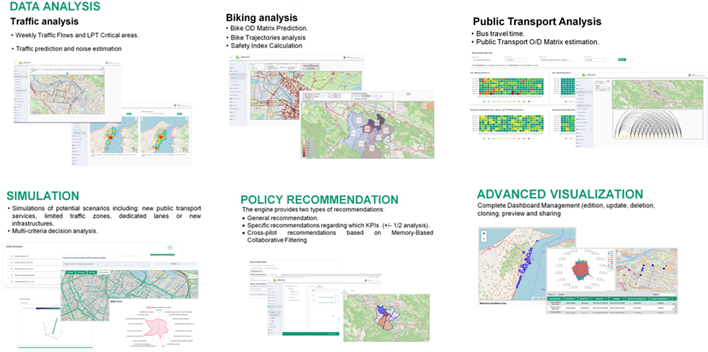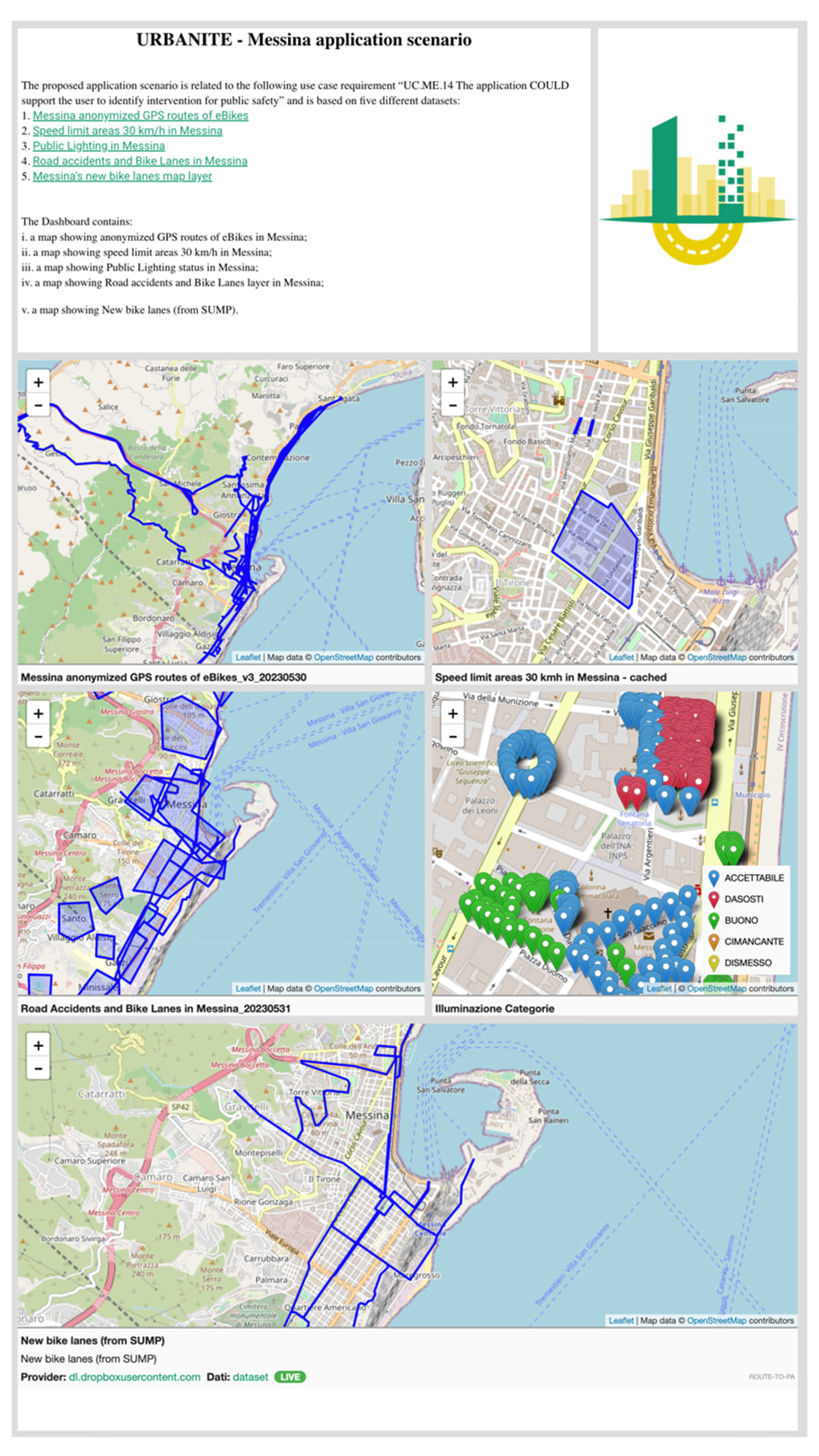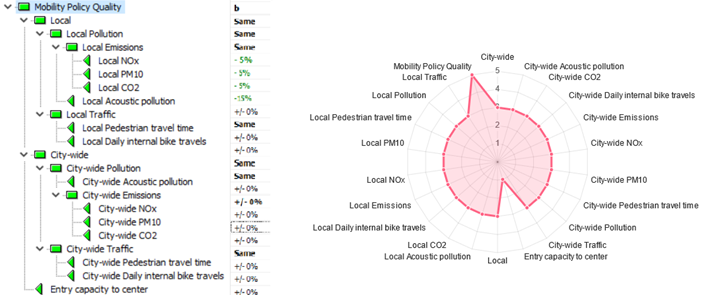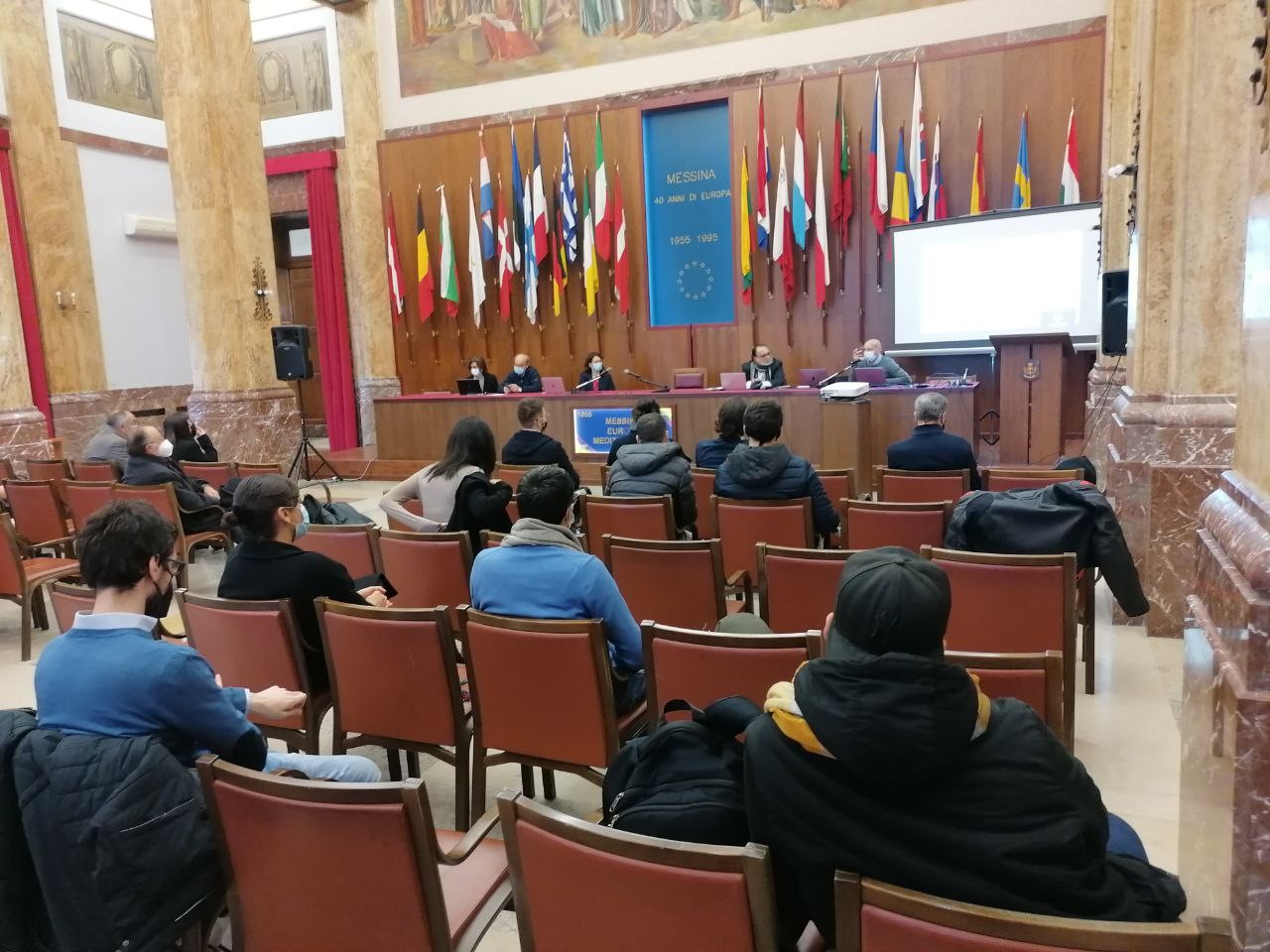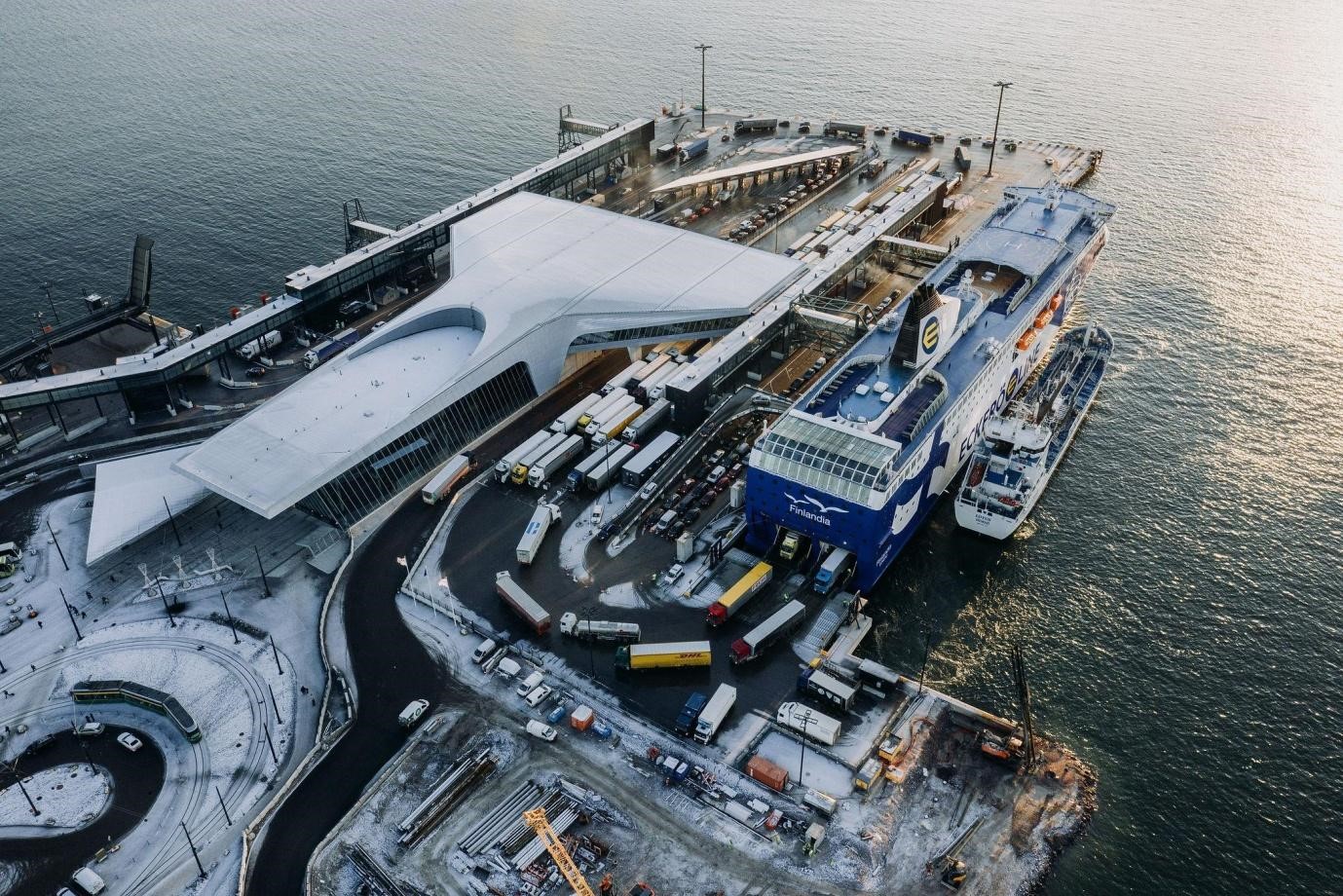Success Final Review of URBANITE Project
We set out the global goal of the project. Namely, in the mobility transformation and the pressure for more sustainable transport models and new urbanism trends, changing the landscape of urban planning of mobility in cities and provides policy-makers with means to help them understand these new scenarios, supporting in making policy.
URBANITE takes steps towards adopting a collaborative, evidence-based data-driven for policy-making on urban mobility planning.

